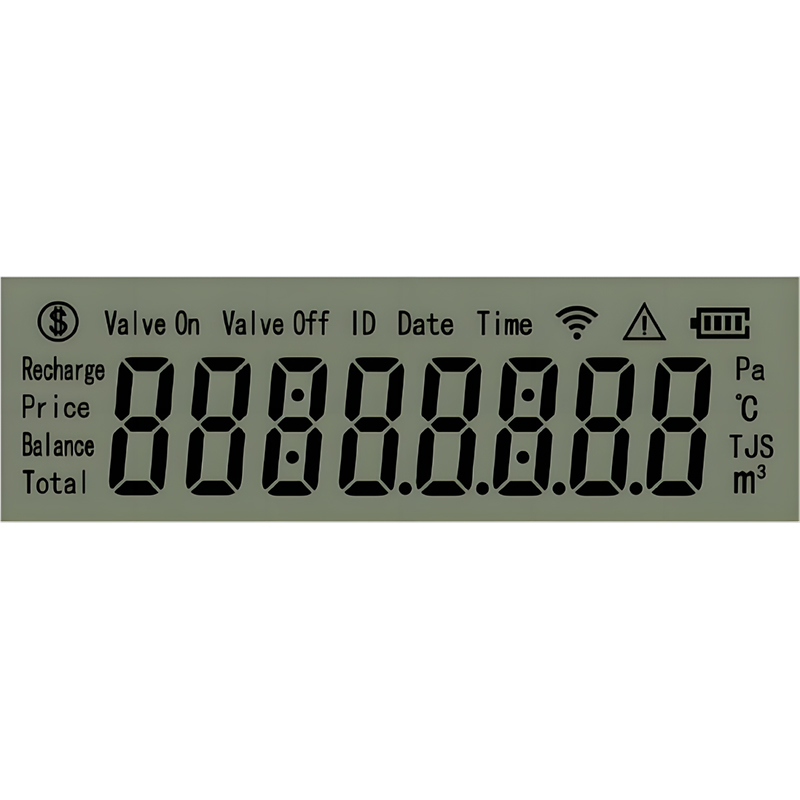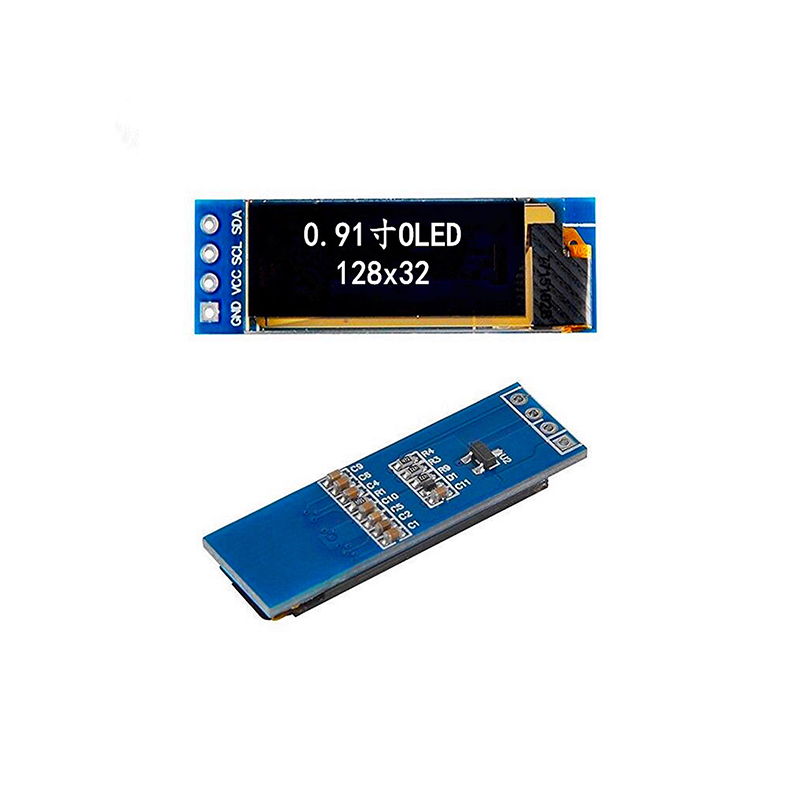Best OLED vs. LCD: A Comprehensive ComparisonChoosing the right display technology for your needs can be overwhelming. This guide offers a detailed comparison of OLED and LCD screens, helping you determine which is the best OLED LCD option for you. We'll cover key differences, advantages, and disadvantages to guide your decision.
Understanding OLED and LCD Technology
Before diving into a direct comparison, let's establish a basic understanding of each technology.
OLED (Organic Light-Emitting Diode)
OLED displays use organic compounds that emit light when an electric current is applied. Each pixel produces its own light, eliminating the need for a backlight. This results in several key advantages, including perfect blacks, superior contrast ratios, and wider viewing angles. However, OLEDs are generally more expensive to manufacture and can suffer from burn-in if static images are displayed for extended periods.
LCD (Liquid Crystal Display)
LCDs use liquid crystals that need a backlight to produce images. The backlight, typically LED, illuminates the crystals, which then block or allow light to pass through, creating the image. While generally less expensive than OLEDs, LCDs often lack the deep blacks and high contrast ratios of OLEDs. Different LCD technologies exist, such as IPS and TN, each with varying strengths and weaknesses.
Key Differences: OLED vs. LCD
The table below summarizes the key differences between OLED and LCD technologies:
| Feature | OLED | LCD |
| Black Levels | Perfect Blacks | Varying levels, often grayish |
| Contrast Ratio | Infinite or near-infinite | Lower than OLED |
| Viewing Angles | Excellent | Depends on the type of LCD (IPS generally better than TN) |
| Response Time | Generally faster | Slower than OLED |
| Power Consumption | Can be higher, especially with bright content | Generally lower |
| Burn-in Potential | Higher risk | Low risk |
| Cost | Generally higher | Generally lower |
Choosing the Right Display: OLED or LCD?
The best
OLED LCD depends entirely on your priorities and budget. For vibrant colors, deep blacks, and superior contrast, OLED is the clear winner. However, the higher cost and potential for burn-in are important considerations. If budget is a primary concern or you need a display with less risk of burn-in, LCD remains a viable and often excellent option. Consider your usage scenario; if you're a professional editor working with static elements, an LCD might be preferable. For gaming or media consumption, an OLED often provides a more immersive experience. For high-quality displays, consider exploring options from reputable manufacturers like
Dalian Eastern Display Co., Ltd., a leading provider of advanced display solutions.
Beyond the Basics: Exploring Advanced Display Features
Beyond OLED and LCD, advancements continue to shape the display landscape. Features like HDR (High Dynamic Range) enhance the color and contrast of both OLED and LCD displays. High refresh rates improve responsiveness, particularly beneficial for gaming.Remember to consider factors like screen size, resolution, and response time when making your final decision. Thoroughly researching specific models within your budget will ensure you select the
best OLED LCD for your individual needs.













